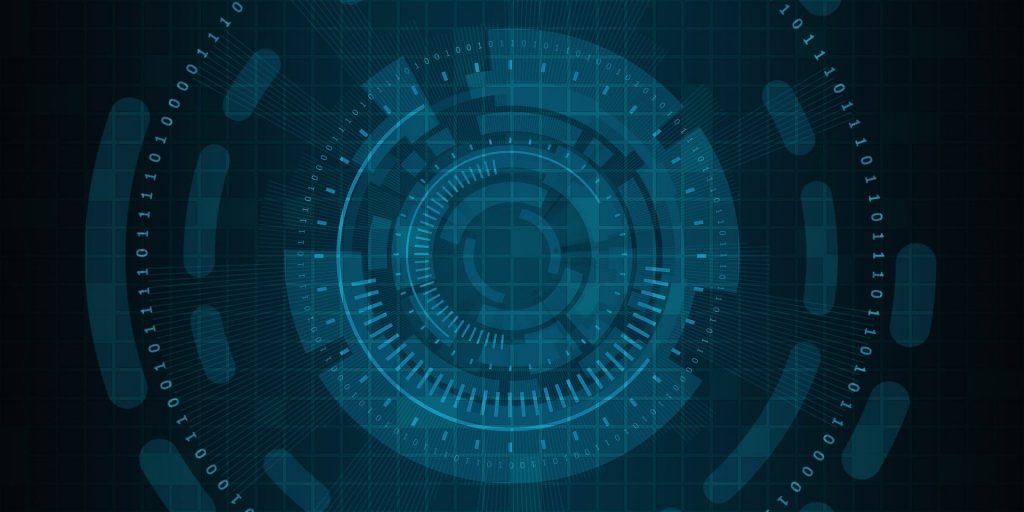As a new year approaches, these tech advancements are driving government trends
In just about every field, tech advancements are moving forward at a breakneck pace. Governments are at the forefront of this innovation as the funders, testbeds and benefactors of emerging technologies. A new report from Deloitte highlights some of those technologies and the ways they’re driving trends across government.
Now in its 14th year, the report considers the current market and takes “a look at the horizon,” considering where innovation intersects and collides with other technologies, said Scott Buchholz, chief technology officer for Deloitte’s government and technology division. For example, tech advancements in artificial intelligence (AI) have prompted organizations to reconsider their mainframes to make sure they can keep up.
“One of the things we find, invariably, when we look at emerging technology and government,” he continued, is that as “technologies advance,” they “advance a lot of the trends we’re seeing.”
That being said, advancements in local government are sometimes hard to come by. Even if it’s beneficial, technology is difficult to introduce because there’s an expectation that everything implemented should work right away. Innovation doesn’t work like that.
“When you operate in an environment where failure is not permitted, experimentation is not permitted as well,” Buchholz said. “That’s a pity, because in many cases, government can get more value if not more value out of the things we’re seeing than other organizations.”
Given these and other constraints in the public sector, Buchholz said adoption of tech advancements is most often successful at the local level when it’s either championed by a “courageous individual” or “when government is open enough to accept innovation, but bound enough that it’s in a comfort zone.”
To that end, Deloitte’s analysis outlines seven tech-related trends that are hugely influencing local government: Immersive online experiences for constituents and staff alike; being open to AI and automation; advancements in multi-cloud systems; reimagining the workforce through digitization; blockchain; mainframe modernization; and the melding of the physical world with the digital one.
The pandemic pushed governments to adopt online systems. And since then, digitization has become normalized. Virtual reality, in particular, offers governments an opportunity to better train their employees. But there are hurdles that need to be overcome, Buchholtz said. Namely, overcoming personal biases.
AI is another field that requires a bit of a perspective shift.
“The problem is the standard we set for AI is perfection,” Buchholz continued. As they’re programmed to interact more like humans, “We need to treat computers more like humans and less like calculators.” This means setting parameters and controls to ensure they’re doing everything correctly. AI should be thought of as “a really wise colleague, as opposed to an infallible oracle.”
Tying together the many different cloud-based systems that organizations subscribe another trend in tech advancements that’s highlighted by the analysis.
“Every organization, whether they know it or not, has multiple cloud providers. Increasingly, everyone has not one or two or three, but half a dozen,” Buchholtz continued. “The management of all those things is becoming an extraordinarily hard problem.”
Adoption and implementation of blockchain technology is the fifth trend listed in Deloitte’s analysis.
“As users, governments can deploy blockchain-powered solutions to automate and reengineer processes with other organizations inside and outside of government, with or without monetary exchange,” a statement about the analysis says. “As regulators, governments can provide policy and regulatory clarity to support national innovation. Stay focused on the promise: blockchain represents the opportunity to enable, reengineer, and automate transactions across and between organizations.”
Supporting these advancements, governments are moving to upgrade their mainframes, Buchholtz said, noting significant advancements that’ve been taken in the last few years.
The final trend listed is the balance of “seizing new opportunities while preserving safety,” the statement says. With technology progressing further and further with each year that passes, governments have a responsibility to enact responsible regulation.
“Thoughtful, enlightened policies are really important because sometimes, as I tell people, if my website goes belly up, it’s inconvenient. But if my autonomous drone crashes, it’s potentially worse than that,” Buchholtz said.




















